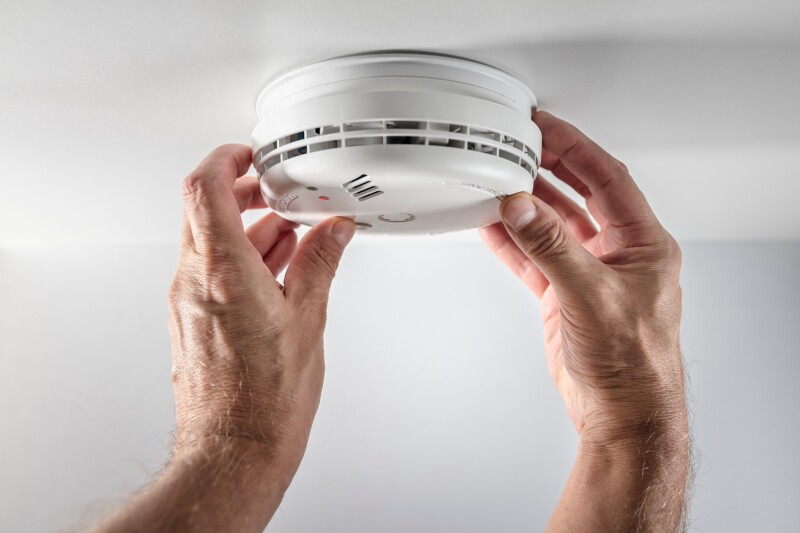URGENT UPDATE: Protect your family NOW! The American Red Cross and local fire departments are urging homeowners to ensure their smoke and carbon monoxide detectors are functioning properly. This crucial advice comes as fire and carbon monoxide risks rise dramatically, especially with winter approaching.
Smoke and carbon monoxide detectors are not just devices; they are life-saving tools that provide early warnings against dangerous hazards. The West Fargo Fire Department has just announced new initiatives to enhance home safety, including information on smoke detector installations available on their website and social media channels.
IMPORTANT DETAILS: Smoke detectors typically last between 7 to 10 years. After this period, their internal sensors can deteriorate, increasing the risk of false alarms and rapid battery drainage. Homeowners are advised to check the back of their detectors for age and model information.
Monthly testing is crucial. A suggested time for replacing or adjusting batteries is during daylight saving time changes. Ensure smoke alarms are installed in every bedroom and on every level of your home, but avoid kitchen and bathroom areas to prevent unnecessary alarms. If your detector starts beeping intermittently, it’s time to replace the batteries. Never disconnect the device to silence it.
Carbon monoxide detectors also play a vital role in home safety. These detectors identify dangerous levels of carbon monoxide, which can lead to poisoning. Symptoms can start at as low as 50 parts per million (ppm), making sensitive detectors essential. Place these units outside mechanical rooms and near gas appliances for optimal safety.
If your carbon monoxide detector sounds an alarm, it indicates a high concentration of this toxic gas. Immediate action is required: seek fresh air and contact 911 without delay.
As the colder months approach, the importance of these safety devices cannot be overstated. Ensuring their proper installation and functionality can literally save lives. Take action today to secure your home against these silent threats.
Stay informed! Check for updates and additional resources from the American Red Cross and your local fire department. Your family’s safety depends on it.







